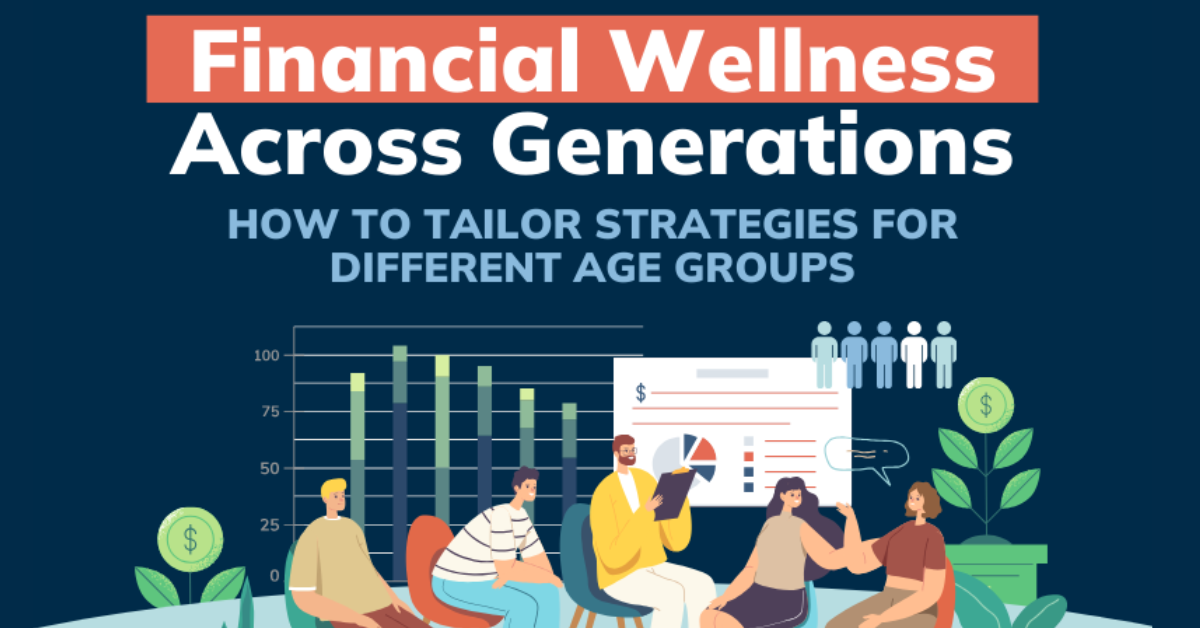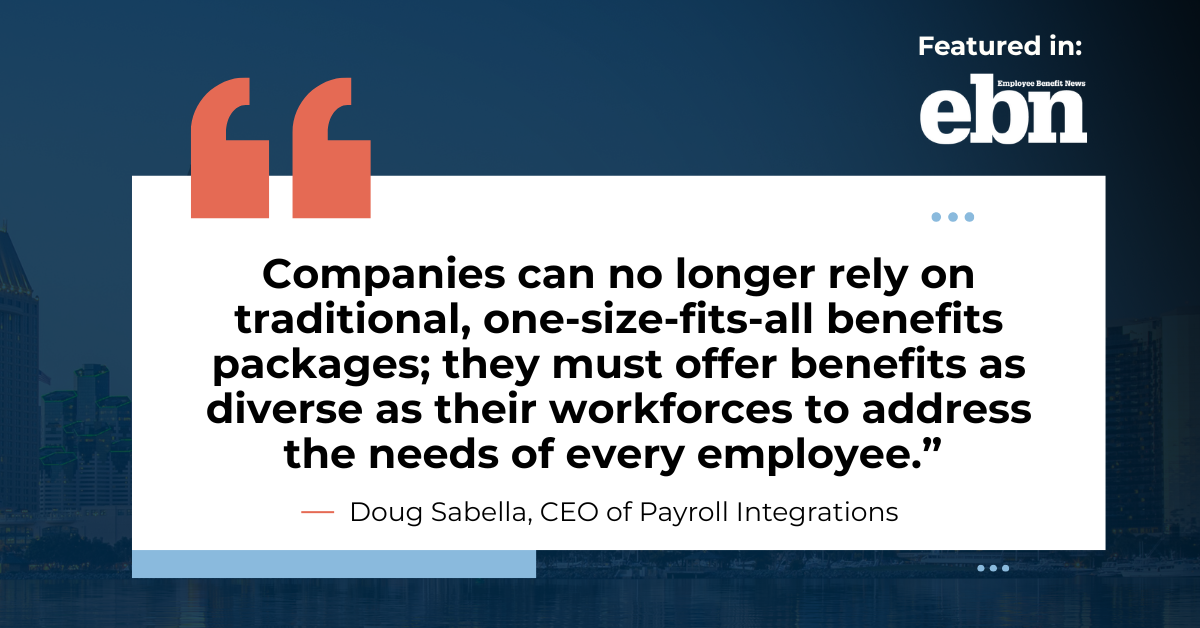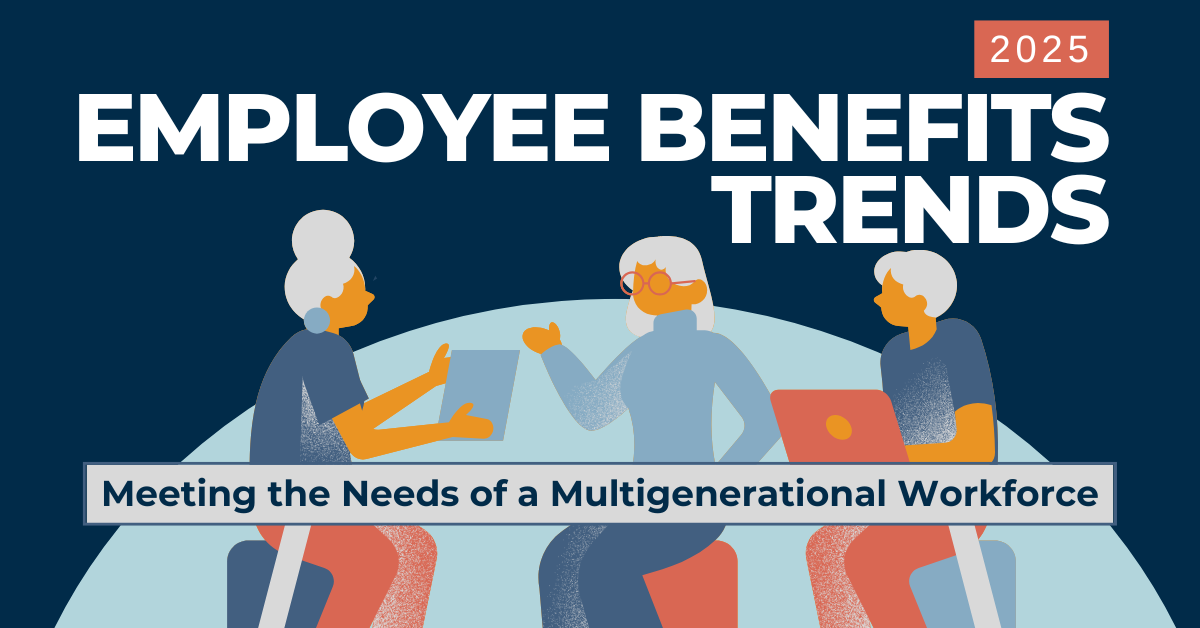Building Better Financial Wellness Through Employee Benefits Education
Employee financial wellness is an increasingly hot topic in the U.S. and globally.
In response to the oft-reported rise of ‘burnout culture,’ a growing discourse centered on (e.g.) self-care and personal well-being has become increasingly mainstream, even among older members of the workforce.
An employee wellness program refers to any employer-sponsored program aimed at the health–whether social, physical or financial–of employees and, optionally, their families while considering how this fits into a company’s revenues and projections.
Ultimately, any wellness program is an investment in the real human beings that make good organizations what they are. Though the results may not always appear immediately tangible, they ultimately manifest in the form of better employee satisfaction, loyalty, and performance.
To remain competitive—particularly when seeking younger talent that places a greater cultural emphasis on benefits provision and work-life balance—today’s organizations must invest in effective employee wellness programs backed up by well-communicated employee benefits education.
Why now is the time to invest in your employee’s wellness
Investing in employee wellness is a win-win scenario for employees and employers: employees get what they want and employers get happier, better supported, and ultimately more productive employees, resulting in better retention rates at a time when a global skills and labor shortage continues to affect organizations everywhere.
That shortage is one of the enduring legacies of the lockdown era and the macroeconomic policies—such as quantitative easing—that contributed to today’s inflationary trends (in turn creating cost-of-living pressures that have influenced attitudes on salaries).
Writes Victoria Franca for Forbes, “With these [record employment] changes within many industries, some companies have begun to be more proactive about their retention strategies by offering corporate wellness to their employees.”
Many employers have already received the memo; according to Allied market research, the Financial Wellness Benefits Market is valued at $2 billion globally with a CAGR of 13.8% through to 2032, resulting in a projected $7 billion market value.
Insights from the 2024 Employee Financial Wellness Report
Further adding to the sense of urgency around modern employee wellness, Payroll Integrations' 2024 Employee Financial Wellness Report interrogates the relationship between employees and employers on employee benefits to understand where respective priorities are aligned.
The report, which cites findings from Payroll Integrations' and Dynata's 2024 HR Benefits Survey, answers the question of what employees expect of employer-driven wellness programs and benefits provision, and whether that conflicts with employer views within a multigenerational analysis.
Dynata’s online panel collected survey data in April 2024 across 255 U.S. respondents (153 employees and 102 employers) aged 18-65. All employee respondents were full-time while only managerial-level employees were surveyed to represent employer views, each provided a distinct question set.
2024 Employee Financial Wellness Report Key Takeaways
Payroll Integrations' research revealed several key takeaways.
First, while employees and employers are often more aligned than one might expect on the role employers have in ensuring financial employee wellness, younger generations feel more strongly that employees should be proactive and engaged in this area.
Generational differences–even between Gen Z and Millenials, the latter of which are often surprisingly aligned with their Gen X and Boomer counterparts (perhaps due to so many of them now being mid-career)–are a recurrent theme in the research.

For example, while a majority of surveyed employees feel ‘in control’ of their finances, 33% of Gen Z reported they felt they were in ‘complete control’ as compared to 61% of Millenials, a significant gap.
Furthermore, 90% of Gen Z noted that they felt employers were responsible toward employees’ financial well-being compared to 79% of Boomers; note again, however, a general multi-generational agreement.
Second, employee education benefits are significant because the better-informed employees are of their benefits, the more likely they are to utilize them and thereby improve wellness outcomes, making employer investments into wellness meaningful.
.png?width=669&height=535&name=How%20Educated%20Employess%20Feel%20They%20Are%20About%20Benefits%20(1).png)
Improvement in this area is pressing; while 57% of employees reported feeling ‘completely’ (27%) or ‘very educated’ (30%) about their company’s benefits, 25% still felt ‘a little’ or ‘not at all’ informed.
The survey also found that while 34% of employers consider financial education and planning most important to employees' financial well-being, only 18% of employees responded similarly, indicating that employees require ongoing encouragement to value education on their benefits.
Generational differences can again be highlighted here, where younger employees felt less inclined to prioritize being informed on their benefits as older employees.
Third, employee and employer alignment on benefits provision is critical to that all-important drive for better retention, especially among skilled and highly in-demand employees.
Employee responses indicate that external job offers are judged strongly on how competitive they are in the provision of key benefits, noting that they would not accept new offers if they failed to offer retirement plans (67%) or health insurance (65%).
Creating better employee wellness outcomes through smart API integrations
The fourth key takeaway of the research is perhaps most important for those organizations seeking to quickly improve the financial wellness of their employees while helping to unburden often over-tasked HR teams: the need for better tech solutions in the employee wellness space.
While tech solutions are already deployed among some employers to assist HR teams in the provision of employee benefits and employee benefits education, only 45% of respondents indicate that their current solutions are used to more easily or better educate employees on their benefits.
This reveals a discrepancy between the revealed importance of employee education benefits in the research and the way current tech-based HR solutions are leveraged.

Putting it simply, existing solutions need to do a better job, especially when a significant amount of time is still used on menial HR and benefits-related administrative tasks according to responses from employer HR management–anywhere from 11-20 hours in additional time spent.
What’s worse, when manual input mistakes invariably occur, 50% of respondents indicated that they took a week or more to fix.
Those are major costs with real impacts on HR team satisfaction and efficiency at a time when the most skilled employees are more likely to look elsewhere for employment in response to frustrations than ever.
Thankfully, the administration of key HR employee benefits and employee education benefits can more quickly, accurately and effectively be automated today with modern technologies and services aimed at increasing the efficient management and awareness of employee financial wellness.
What that means in 2024 and beyond is smarter and smarter universal API integrations, including employee wellness-focused API solutions. APIs, or Application Programming Interfaces, are a way for differing software systems to communicate, share data (including Personal Identifiable Information, or PII), and thereby complete, inform, analyze and report on very complex sets of shared software functions.
In an HR context, they authorize, secure and communicate critical datasets on employees, their benefits and initiatives to improve education on those benefits in a way that is accessible, automated and easy to integrate with existing systems when leveraging modern, universal APIs.
What it looks like to your HR teams is less time spent on obnoxious, tedious manual administrative tasks, and more time spent on the human-to-human interactions that will make employee benefits education efforts stick, even when the benefits in question are among the trickier to explain effectively.
Of equal importance, well-managed API solutions with the right partner are the most effective way to ensure reporting and tax compliance efforts for all HR functions–let alone benefits provision–are up to date, critical at a time when thin margins don’t allow for unnecessary tax penalties.
In short, organizations that invest deeply into advanced employee financial wellness programming—including employee benefits education initiatives—are well situated to respond to the needs and attitudes of their workforce, particularly if their industry’s talent pool is predominantly younger.
If you aren’t already investing significantly in employee benefits, employee wellness and better employee education on benefits, your organization may be behind the curve.
Thankfully, new tools such as modern API integrations can make streamlining HR operations, automating payroll, benefits provision, and compliance easier than ever before.


